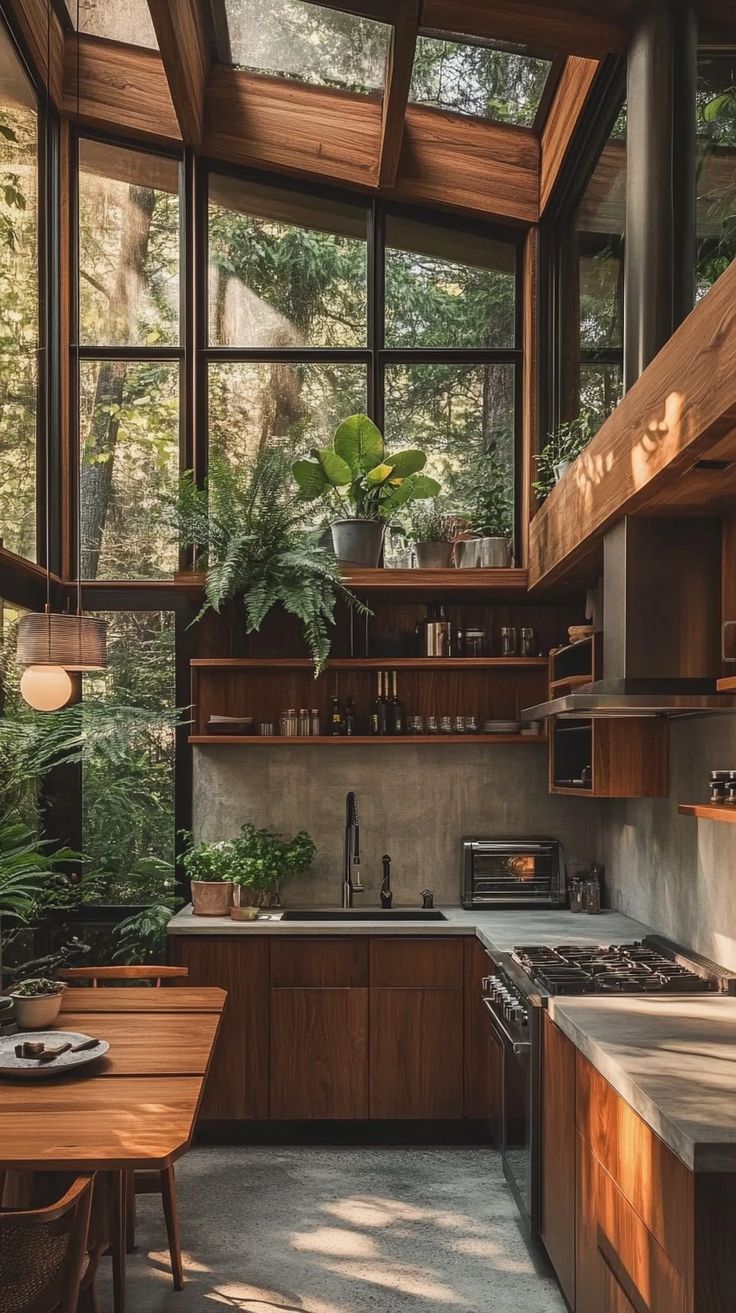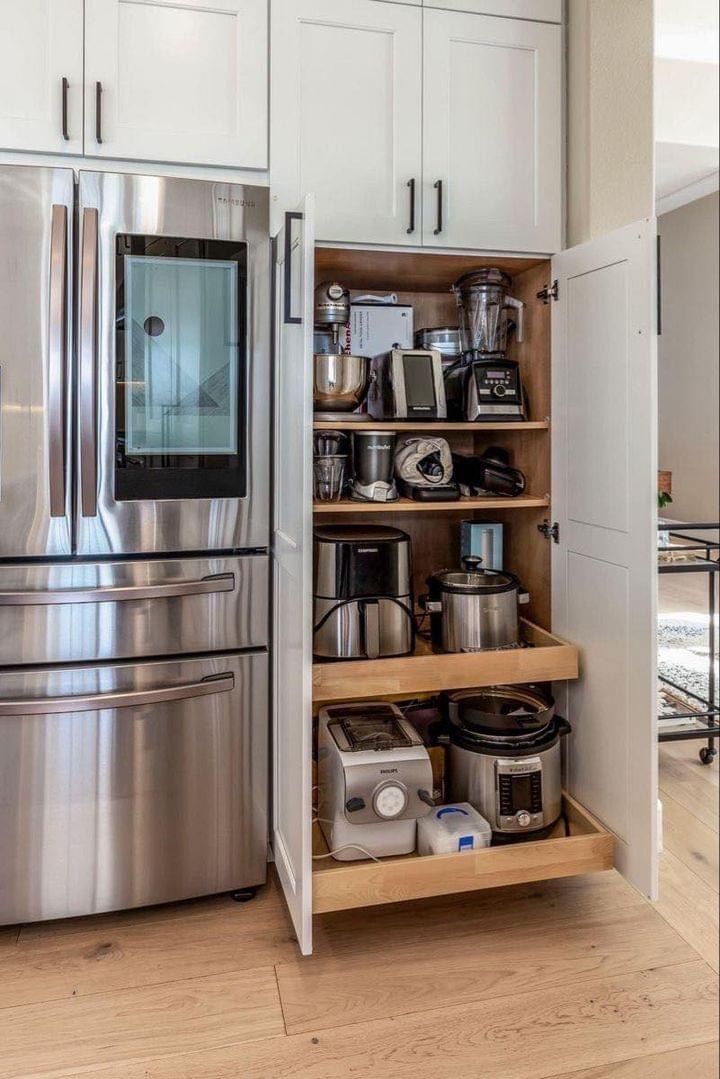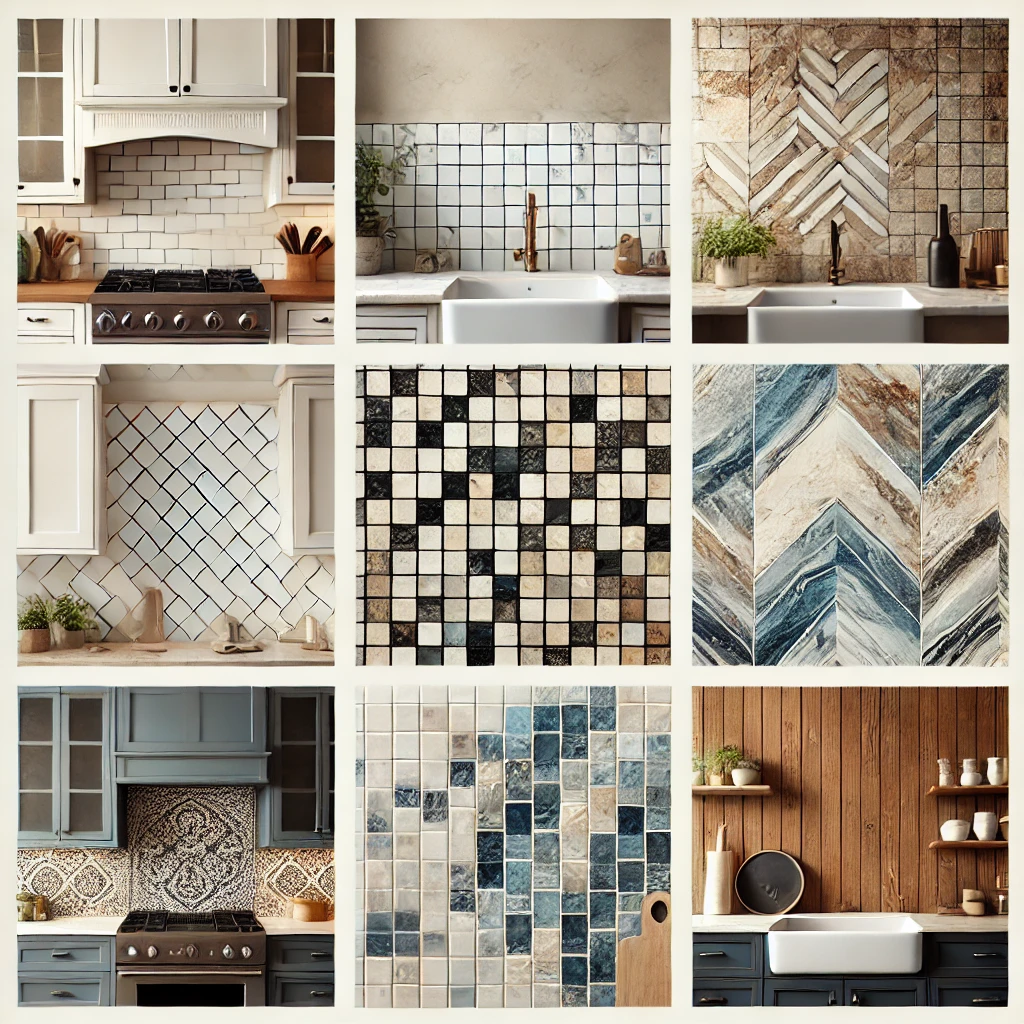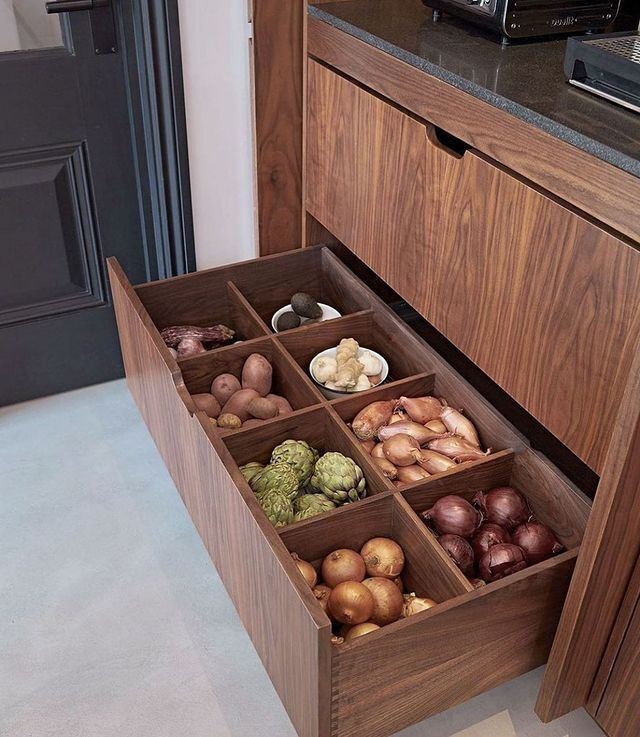If you dream of a kitchen that is stylish, clutter-free, and highly functional, you’re in the right place! Minimalism isn’t just about aesthetics—it’s about crafting a space that feels calm, organized, and effortless to use every day. The good news? Achieving that sleek and minimalist look doesn’t mean sacrificing comfort or personality. Let’s explore some simple yet effective ways to transform your kitchen into a minimalist haven.
1. Keep Countertops Clutter-Free

A minimalist kitchen thrives on simplicity, and it all starts with your countertops. Keep only essential items within reach, like a coffee maker or a stylish cutting board, and neatly store everything else away. Using trays or small containers to group frequently used items can help maintain a tidy and intentional look without adding visual chaos.
2. Invest in Multi-Functional Furniture
Efficiency is key in a minimalist kitchen, and multi-functional furniture is a game-changer. Opt for a kitchen island that doubles as a dining table or a rolling cart that provides extra storage and prep space. Choosing versatile pieces allows you to maximize space while keeping the design practical and aesthetically pleasing.
3. Add a Touch of Nature

Introducing greenery can bring warmth and freshness without disrupting the minimalist aesthetic. A small herb garden, a few potted plants, or even a single vase with fresh flowers can breathe life into your space. Not only do plants improve air quality, but fresh herbs are also a practical (and beautiful) addition to your cooking routine.
4. Stick to a Neutral Color Palette
A neutral color scheme is the foundation of minimalist design. Shades of white, gray, and beige create an airy, open feel that makes your kitchen appear brighter and more spacious. To add depth without introducing too many colors, experiment with textures—think matte cabinets, glossy tiles, and brushed metal finishes for a sophisticated and cohesive look.
5. Hide Your Appliances

Clutter-free surfaces are a must in a minimalist kitchen. Built-in or hidden appliances, such as an integrated fridge or a concealed microwave, help maintain a sleek and streamlined look. Consider designated storage for small appliances like toasters and coffee makers—out of sight but still easily accessible when needed.
6. Opt for Open Shelving
Say goodbye to bulky upper cabinets and embrace open shelving! This design choice not only creates an open atmosphere but also allows you to showcase your favorite kitchen essentials in a stylish and organized way. To maintain a clean look, keep items color-coordinated or use baskets to store smaller necessities.
7. Prioritize Good Lighting

Lighting plays a major role in the ambiance of your kitchen. Pendant lights, recessed lighting, and under-cabinet lighting help brighten up the space without making it feel overwhelming. Maximize natural light by keeping window areas free of obstructions, making your kitchen feel larger, more inviting, and highly functional.
8. Select Minimalist Appliances
When choosing appliances, opt for sleek and understated designs that seamlessly blend into your kitchen. Stainless steel, matte black, or white appliances maintain a clean and modern look while offering top-tier functionality. Bonus points for energy-efficient appliances—they’re great for both your kitchen’s style and the environment!
9. Keep Hardware Simple
Minimalist design thrives on clean lines, and your cabinet hardware is no exception. Opt for sleek, simple handles or go handle-free for a seamless look. Materials like brushed metal, matte black, or chrome can subtly enhance the aesthetic without overpowering the space.
10. Choose a Streamlined Backsplash

A minimalist kitchen benefits from a simple, elegant backsplash. Subway tiles, solid stone slabs, or neutral-colored tiles work best to keep the design cohesive and uncluttered. The goal is to complement the overall look rather than making the backsplash the focal point.
11. Limit Your Decor
Less is more when it comes to decor. Instead of filling your kitchen with unnecessary items, focus on a few meaningful pieces—a stylish vase, a small potted plant, or a framed piece of artwork. Keeping decorations purposeful and intentional ensures they enhance rather than clutter the space.
12. Keep the Flooring Simple

Flooring plays a crucial role in defining your kitchen’s minimalist aesthetic. Choose materials like light wood, polished concrete, or large-format tiles for a clean and cohesive look. A lighter-colored floor can create the illusion of more space, while a subtle, natural-textured rug can add warmth without overwhelming the design.
13. Integrated Storage Solutions

Maximize storage while maintaining a sleek appearance with built-in shelves, hidden drawers, and pull-out organizers. Smart storage solutions keep your kitchen tidy while ensuring everything has a designated place. Consider deep drawers for pots and pans, vertical dividers for baking trays, and concealed spice racks to keep essentials neatly stored.
14. Focus on Quality Over Quantity
Minimalism isn’t about owning the least amount of items—it’s about having the right ones. Invest in high-quality cookware, durable dishware, and well-made furniture that will stand the test of time. Choosing fewer but better pieces keeps your kitchen functional, stylish, and free of unnecessary excess.
15. Embrace Negative Space
One of the most overlooked aspects of minimalist design is the importance of empty space. Avoid filling every corner of your kitchen—allow breathing room to create an open and serene environment. Negative space enhances visual balance, making your kitchen feel more spacious and effortlessly elegant.
By incorporating these ideas, you can create a minimalist kitchen that is both stylish and practical. The key isn’t about eliminating everything—it’s about curating a space where every item serves a purpose and enhances your daily experience.






